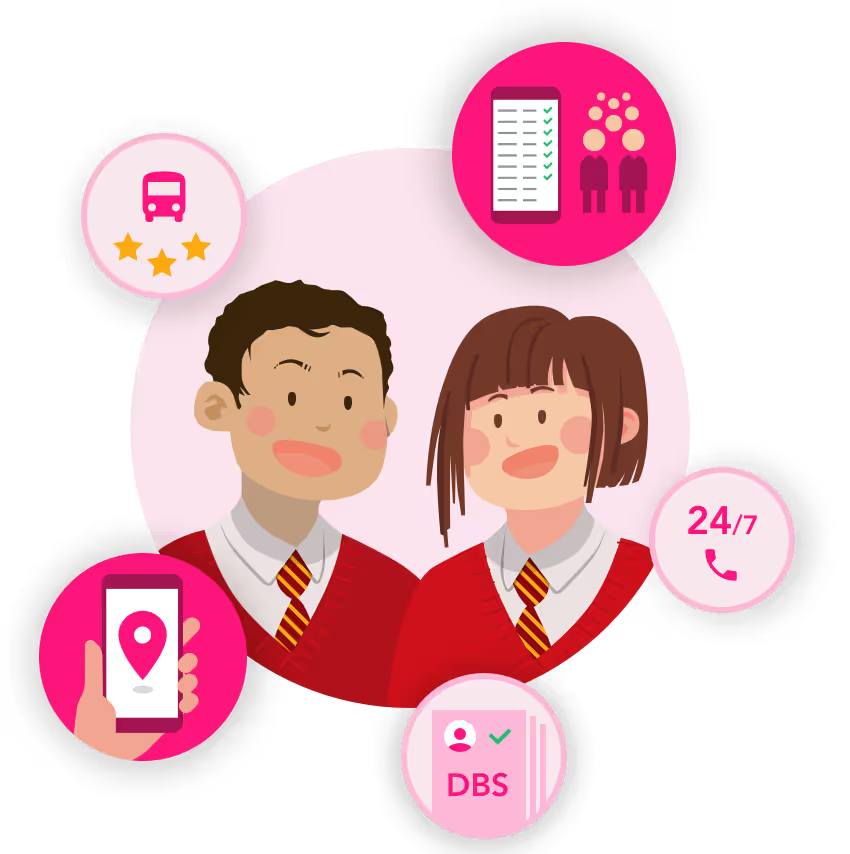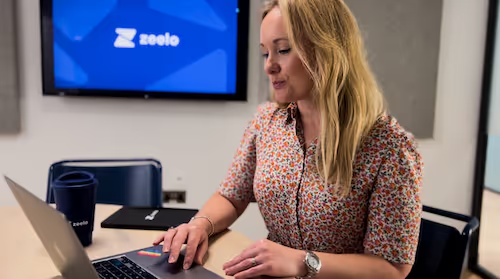Does Reopening Schools Safely Start With The School Bus?
.avif)
The true cost of protecting students and staff
The uncertainty surrounding schools reopening in September has captured many headlines. Will it be the whole school? Certain year groups? Staggered start and end time? Different days? The primary objective for all schools at this time should be the health and wellbeing of all students and staff. Not only on a personal level, to protect the health of all from the effects of the virus, but also to ensure the students and staff of each school are not compromised. One case within any school could lead to many students or staff being quarantined, or even that the school may be forced to close down altogether for a certain period of time.
Ensuring that the school environment is safe, however, is only half the challenge. And this leads me to my next question.
Can schools truly reopen without safe transport?
There’s no denying that transportation has been one of the hotspots for the spread of the virus, that is why it’s possibly the most important and hardest aspect to control. While the car might seem like an obvious choice, it’s a short-term fix on a long road and is not the answer. While convenient, the car creates irreversible habits and is the last thing needed in our efforts towards clearer roads and cleaner air. Never mind the fact that many don’t have access to cars, where public transport has been their lifeline and brought much-needed inclusivity. Schools would also struggle with many cars having to park onsite and blocking the local roads.
The parent’s responsibility starts at the home for ensuring their children are safe on school transport. Where parents have traditionally sent their children to school by public transport the school should be looking at safer alternatives with their school transport. This means schools having to plan in new stops, timings and even routes to accommodate those children.
You would have seen the government requirement for wearing a face-covering when travelling on public transport, but that is only one way in which transport operators should ensure their passengers’ safety. Many companies and suppliers are looking at what standards need to be implemented to make sure the service is safe for all.
This could include;
- Mobile apps to book seats / manage safe capacities and do contact tracing
- Face coverings to be worn by all travelling
- Fogging cleaning method using medical-grade viral cleaning fluid
- No contact ticketing
- Driver wearing PPE
- Temperature checks onboarding
- Sanitisation station onboarding
- Signage to advise pax to keep a distance
- Seating plan enforced by blocking off seats
- Air filtration

A Transport Manager’s View
Emma Summers is the Transport Manager for Haberdashers’ Elstree, managing home to school transport for three schools and a shuttle service for a fourth. The network comprises 91 daily routes for approximately 2,000 individual travellers, with vehicles and drivers provided by three Operators.
This period is always one of the busiest times in the Transport Office, but 2020 is proving to be a more challenging year than most. After admissions are finalised, planning starts to ensure that the routes are servicing the required areas and that capacity is still adequate. The pandemic has added new uncertainties that must be planned for. We’re now in a situation where we need to have plans and procedures in place for multiple scenarios as, at this stage, we don’t know what we might be facing when services can resume.
Our service provision, when it can start and what we can provide, will ultimately be guided by the advice of the Government and the COVID alert level.
The biggest single challenge is the requirements or guidance around social distancing. If distancing is required, it could increase the number of vehicles and drivers needed by 100% or more depending on the guidelines at the time. The vehicles and drivers may simply not be available. As we cannot possibly know what social distancing will be required in the future, we’re putting together scenarios for what we can achieve at differing distances.
In addition, we must consider what measures everyone will need to take to keep our passengers and drivers as safe as possible. Robust cleaning regimes will need to be in place for all vehicles. Protocols for the use and disposal of PPE for drivers and passengers as well as the use of sanitisers will need to be implemented and monitored. Boarding and alighting procedures will need to be closely supervised to ensure that this is done in a structured and calm manner so that passengers pass by as few others as possible during the process. Guidelines for behaviour when waiting at public bus stops will need to be considered as many of the stops our coaches use are not only used by public transport but also other schools.
None of the above will be possible without the guidance and support of our Coach Operators and the cooperation of our parents and passengers. At Habs, we enjoy a close relationship with our Operators and have maintained regular contact with them since schools closed. They will be involved in planning at every stage to ensure that each proposal is achievable and effective. The coach service at Habs is a crucial part of the School day with many parents reliant on it, so they must be confident that we can protect their children during their journey. Having a dedicated Coach Park on-site allows us to operate a controlled environment for the coaches, not only for boarding and alighting but also for the driver to prepare for the journey.
Can traditional Home to School services adapt?
What will the new normal look like? We can’t be sure but we know that technology could play a key role. With the complexities that the virus brings, several things will need to adapt. No longer will paper and excel sheets alone be sufficient to manage a service when the question of “did they board” or “who else met them on the service” is now the new norm. School management teams stretched as they are will have other important things on their mind, so is it time to look at a fully managed, technology-enabled home to school service.
This will include;
- Booking tools, online and via an app
- Contact Tracing, enabled by an app and customer support
- Contactless boarding, to adhere to social distancing rules with digital tickets on the app
- Vehicle tracking for the school and parents
- All Cleaning and PPE measures mentioned above
- Booking limits of passengers managed by technology
- 24/7 customer support
- Signage for students to follow new safety guidelines

It may seem like another challenge too far in a world where we seem to see a new challenge every day, but as the needs of the government and schools change, so should the service offered by your coach or bus operator. In the new normal there’s an opportunity to improve what we have done in the past, learn from what’s going on around us and implement something that will set a new standard for travel.
Zeelo is a safe bus-sharing company, providing smart transportation services for school runs; equipped with social distancing and infection measures during the current situation.
We use data and technology to find and digitalise fixed bus routes, targeting areas of high private car usage in order to connect people to places via sustainable transport; working with partners and local bus and coach fleets to operate at the times they are needed.
We help companies and schools achieve their transportation program goals
Corporate shuttles


Warehouse/Distribution


Schools & Universities


Become a partner


Want to know how we can help you?









.avif)

.avif)
.avif)
